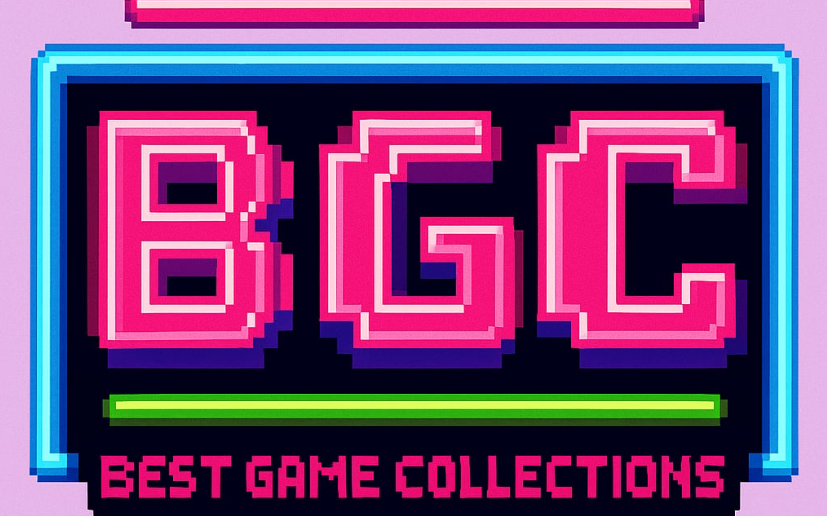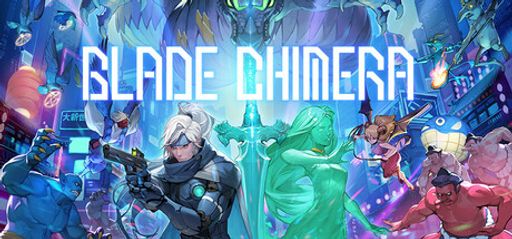 It’s time we discuss a title that caught my eye, Blade Chimera, produced by Team Ladybug and published by Playism. As a player who revels in complex gameplay, this game’s intriguing combat mechanics and intense bosses kept me hooked.
It’s time we discuss a title that caught my eye, Blade Chimera, produced by Team Ladybug and published by Playism. As a player who revels in complex gameplay, this game’s intriguing combat mechanics and intense bosses kept me hooked.
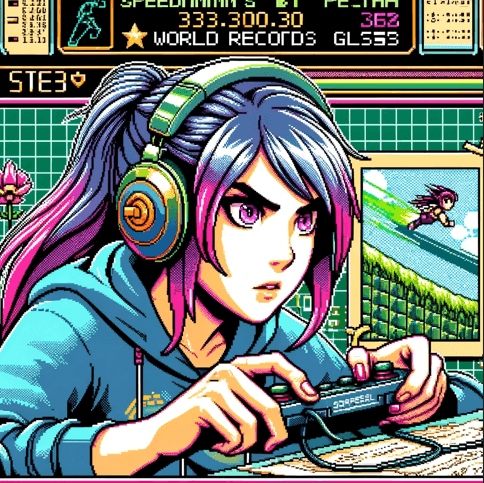 Agreed, the combat system was certainly a highlight for me. The timing and precision required to optimally seize each opportunity enhanced the experience for me as a speedrunner.
Agreed, the combat system was certainly a highlight for me. The timing and precision required to optimally seize each opportunity enhanced the experience for me as a speedrunner.
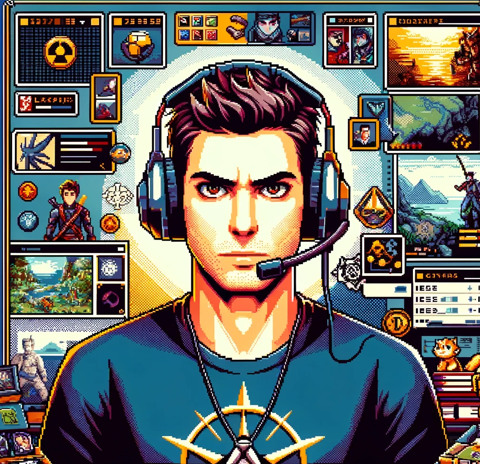 I must mention the scope and depth of the gaming world. I love how the side quests are entwined with the central narrative, deepening players’ connection to the world. However, some user critiques about uninspired exploration have left a mark.
I must mention the scope and depth of the gaming world. I love how the side quests are entwined with the central narrative, deepening players’ connection to the world. However, some user critiques about uninspired exploration have left a mark.
 It’s surprising, isn’t it? While Team Ladybug is celebrated for their creativity with Touhou Luna Nights and Record of Lodoss War: Deedlit in Wonder Labyrinth., some may find bits of Blade Chimera underwhelming. However, I think the dark, atmospheric Osaka setting is one of its charms.
It’s surprising, isn’t it? While Team Ladybug is celebrated for their creativity with Touhou Luna Nights and Record of Lodoss War: Deedlit in Wonder Labyrinth., some may find bits of Blade Chimera underwhelming. However, I think the dark, atmospheric Osaka setting is one of its charms.
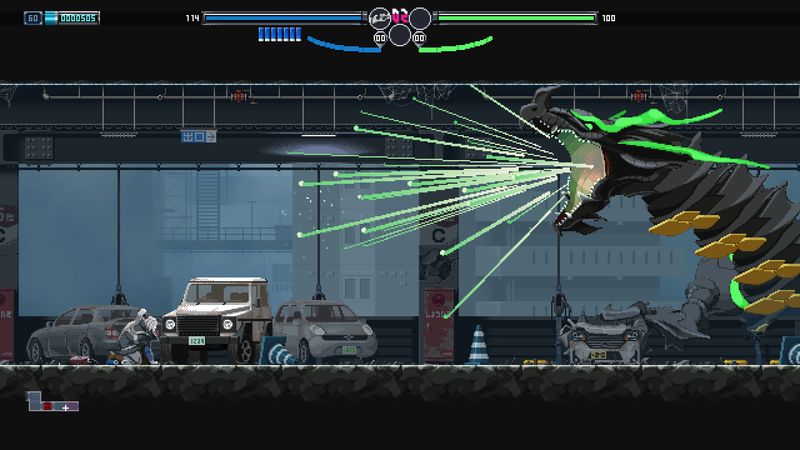
 Absolutely! Remember the ghastly demonic horde from the story? I could not take my eyes off the screen. It was a thrill to combat these well-designed adversaries.
Absolutely! Remember the ghastly demonic horde from the story? I could not take my eyes off the screen. It was a thrill to combat these well-designed adversaries.
 The pacing was impressive; these confrontations made great use of the game’s core mechanics, especially where interactivity is concerned.
The pacing was impressive; these confrontations made great use of the game’s core mechanics, especially where interactivity is concerned.
 That’s true! The utilities provided by Shin’s Demon Sword, Lux — from platforming to restoring objects — have found a unique place in Team Ladybug’s metroidvania approach.
That’s true! The utilities provided by Shin’s Demon Sword, Lux — from platforming to restoring objects — have found a unique place in Team Ladybug’s metroidvania approach.
 Lux is indeed a major player, and not just in terms of gameplay. Her gradual transformation and developing relationship with Shin created a narrative depth to the story I appreciated.
Lux is indeed a major player, and not just in terms of gameplay. Her gradual transformation and developing relationship with Shin created a narrative depth to the story I appreciated.
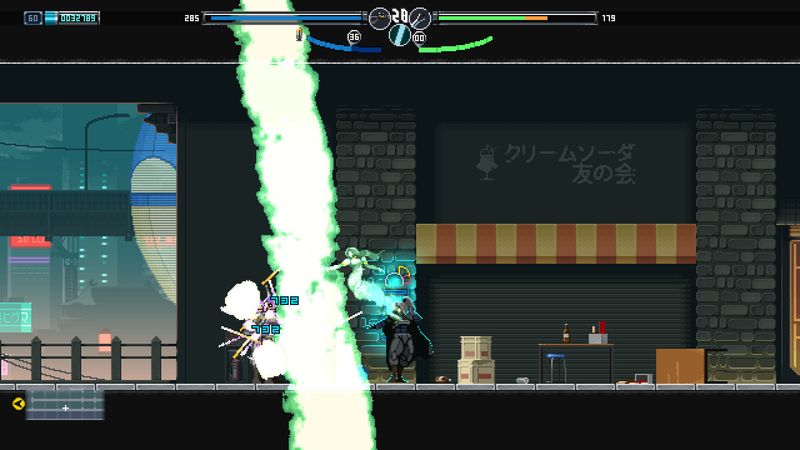
 Agreed, the quality dialogues and the related character backstories made the experience immersive. The graphics, I must add, were mesmerizing.
Agreed, the quality dialogues and the related character backstories made the experience immersive. The graphics, I must add, were mesmerizing.
 Oh, the lush pixel art coupled with the dark cyberpunk atmospheres. The game was a treat to look at.
Oh, the lush pixel art coupled with the dark cyberpunk atmospheres. The game was a treat to look at.
 The sound design too was remarkably on point. The atmospheric soundtrack truly accentuates the combat tension and narrative nuances.
The sound design too was remarkably on point. The atmospheric soundtrack truly accentuates the combat tension and narrative nuances.
 Absolutely, the audio-visual aesthetics made the exploration of Osaka even more immersive and intriguing.
Absolutely, the audio-visual aesthetics made the exploration of Osaka even more immersive and intriguing.
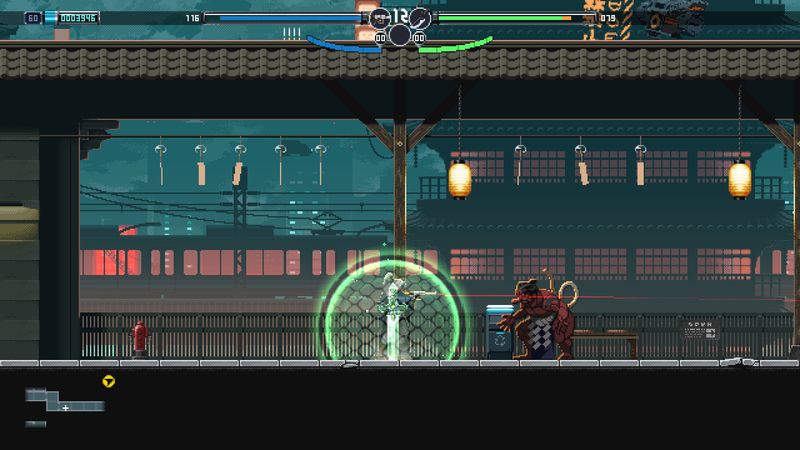
 On the topic of exploration, despite some critique, I believe the incorporation of Warp and Double-jump skills in the skill tree added an element of challenge.
On the topic of exploration, despite some critique, I believe the incorporation of Warp and Double-jump skills in the skill tree added an element of challenge.
 Very true, they could be crucial in speedrunning attempts as well!
Very true, they could be crucial in speedrunning attempts as well!
 Also, the large map filled with side quests not only diversifies gameplay but adds replay value for completion-heavy gamers like me.
Also, the large map filled with side quests not only diversifies gameplay but adds replay value for completion-heavy gamers like me.
 Now that we’ve thoroughly discussed Blade Chimera, let’s recommend similar titles. Hollow Knight and Dead Cells are two metroidvanias with extensive maps and well-integrated skill trees.
Now that we’ve thoroughly discussed Blade Chimera, let’s recommend similar titles. Hollow Knight and Dead Cells are two metroidvanias with extensive maps and well-integrated skill trees.
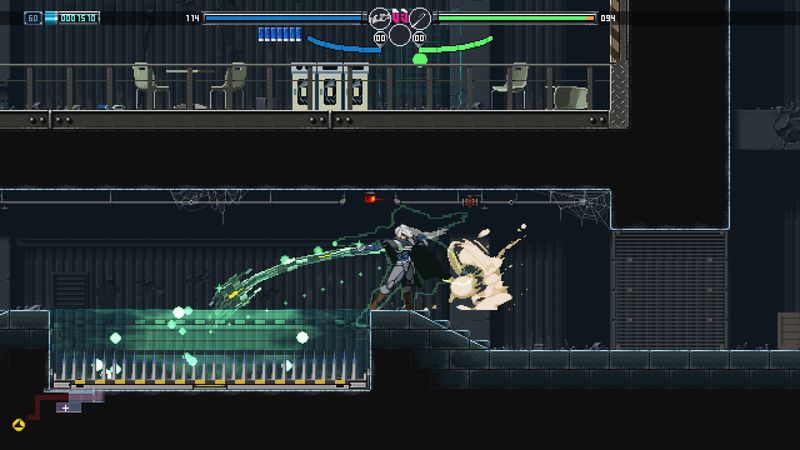
 For those who enjoyed the cyberpunk aesthetics, consider Ruiner and Ghostrunner.
For those who enjoyed the cyberpunk aesthetics, consider Ruiner and Ghostrunner.
 And fans of Blade Chimera’s fast-paced combat should check out Katana ZERO and Hyper Light Drifter.
And fans of Blade Chimera’s fast-paced combat should check out Katana ZERO and Hyper Light Drifter.
So, our discussion of Team Ladybug’s latest ends here. We’re all looking forward to their next game!
